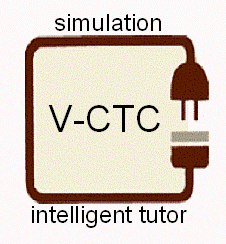|
V-CTC
Virtual Combat Training Center A simulation without a tutor is like a CTC without an O/C. |

|
|
V-CTC
Virtual Combat Training Center A simulation without a tutor is like a CTC without an O/C. |

|
Email: wrmurray@earthlink.net